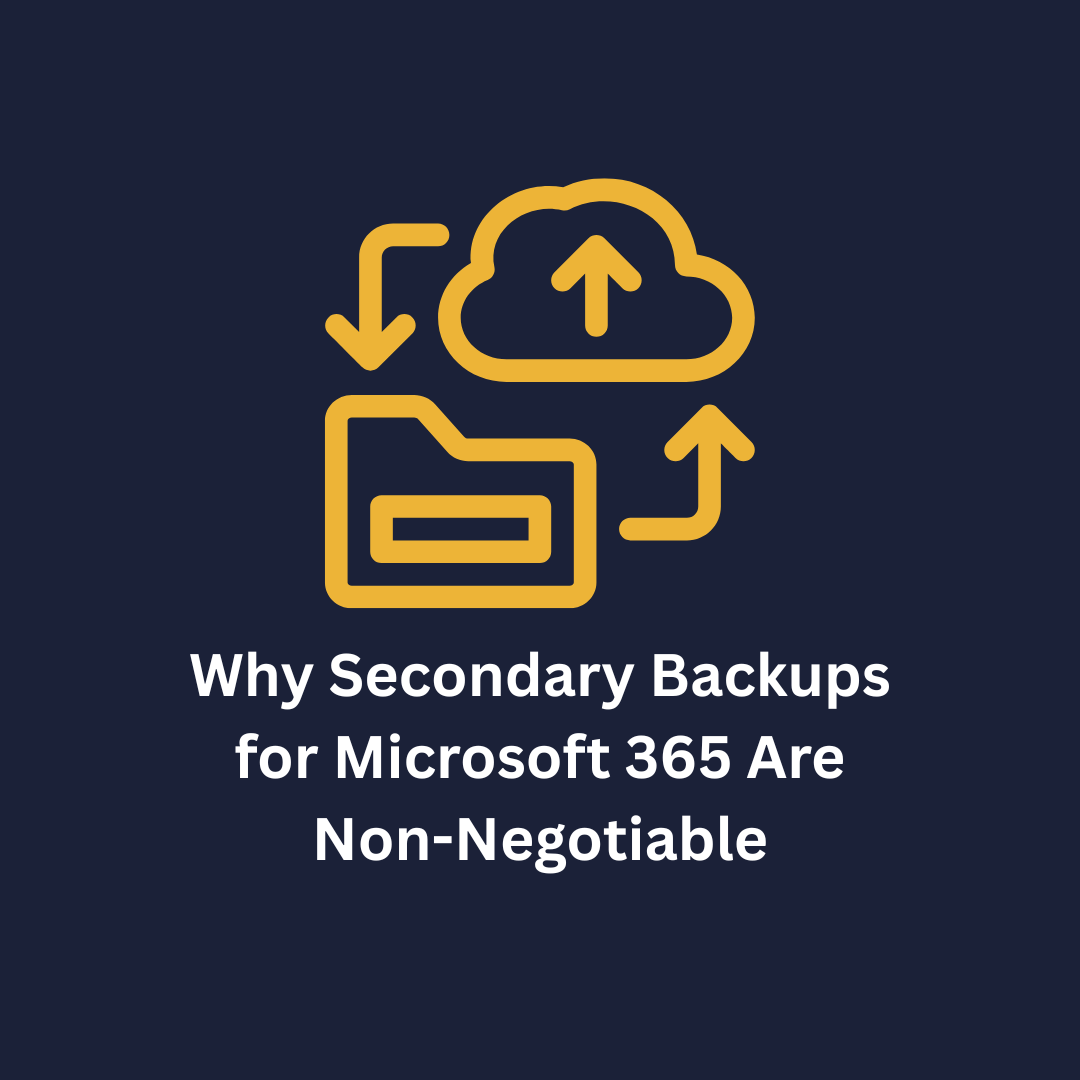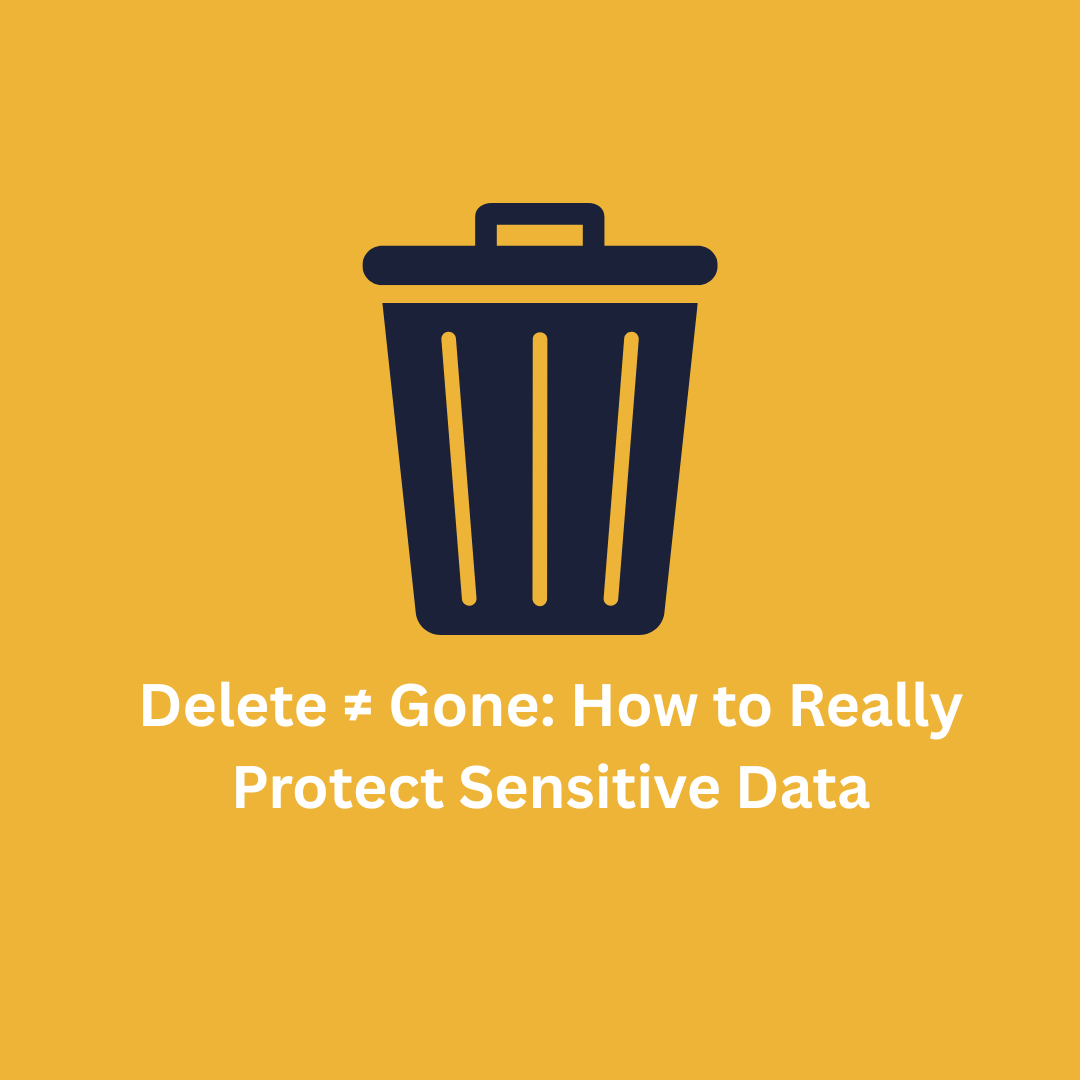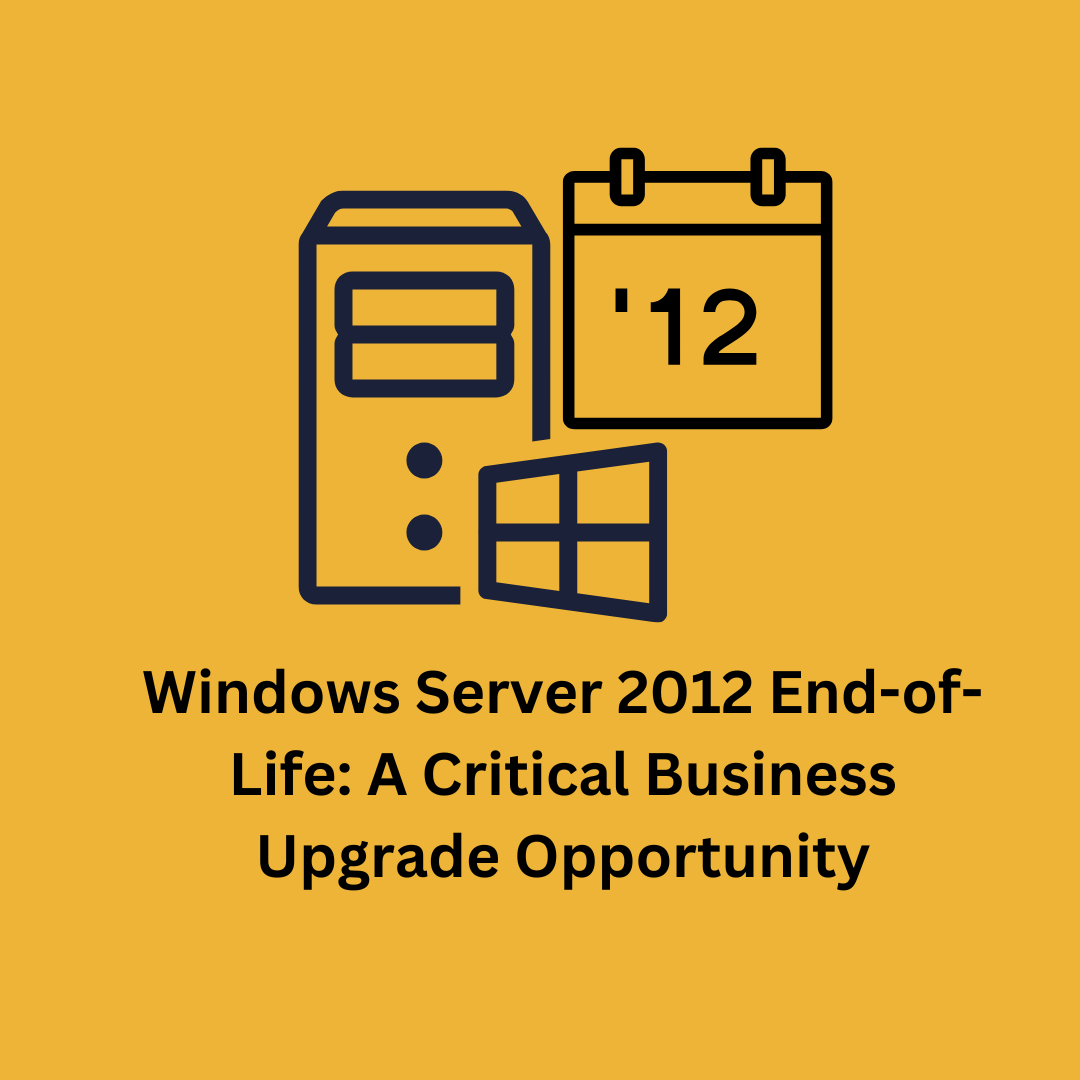Time Blocking Your Calendar in Outlook
My typical workday would start out by sitting down at my desk with a hot cup of coffee in hand logging in to my computer and getting ready to jump-start the day. By the end of the day 5 o'clock rolls around my computer's web browser would be open with 30+ website tabs. I would not be able to think straight from the day's barrage of:
- Phone Calls
- Emails
- Notifications
- Text Messages
- Social Media Messages
- Meetings
- Support Tickets
- Projects
Worst of all, many of the things I needed to get done are still waiting to be done and a whole new list of things added on top of them. I was in over my head. The excitement each morning became an overwhelming feeling of dread of all the things I still had to do.
I was working hard, but I was not working smart and was paying the price with burnout.
The Myth of Multitasking
In 2020, the team here at Honorbound IT read The Myth of Multitasking by Dave Crenshaw. We realized that if there was not a defined structure set, we would get off task. We also realized that we did not know what each other was working on.
Using a Shared-Calendar to Plan Your Day

With the new insight gained I decided to not be "switch-tasked" as often. So, I went to my Outlook calendar. What I am showing you here is in the range of Microsoft 365 products that we provide here at Honorbound IT. The first thing to do when setting up my calendar is making sure that those who work alongside me have access to it. Outlook can create many calendars. Then you can share them with people within or outside your organization.

You can customize the permission level of each calendar. You can give others the ability to schedule time on your calendar or make changes. We have it set up where everyone in our company can view each other's calendars. This gives a clear view of what is on each person's agenda for the day/week/month.

Building the List
Once I had my calendar set up and shared with the others on my team, I needed to plan out my days. I made a list of all the routine tasks I do as part of my job. Then I sorted through all the things I planned to do, and ones not yet completed and wrote them on the list.
Examples:
- Email Responses
- Ticket Inbox
- Coffee
- Morning Team Meeting
- Lunch
- Social Media Posts
Once I had everything written out, I started putting things on my calendar. Prioritizing the things that were most important, I started mapping out my week.
I create repeating calendar events for things done every day or on a specific day each week. This way they are already on my calendar, and I would not double-book myself because I knew if there was a conflict in my schedule.
A huge part of time-blocking is to get as specific as you can. Adding a 4-hour calendar entry called "website work" turned into getting little done. Breaking the task into steps and smaller time slots allowed me to focus on what I needed to complete. If something comes up. I can move the remaining items to a later part of my calendar and pick up where I left off at another time.
It is easy to fill a calendar. If you do not take the time to define the steps you need you will still end up lost. It is also impossible to know how much or how little time it may take without getting specific.
The Power Hour
There are always a few tasks that I need to do, yet... I never want to get started. So, I will push them off and off again each week. Since I started blocking my time out, I have been getting more done each day than ever before... but there are always those loose end tasks that linger over me and never get finished.
This is where the "Power Hour" is incredible. At the start of the workday. I will schedule a 1-hour block of time dedicated to working on the things I do not want to do but need to do. Since it is only for one hour it is also more mentally bearable for me to get started. What I have found as well is that once I get going, I can clear through a lot of the tasks a lot quicker than if I had given myself more time. This stopped the brain-energy sucking anxiety that happens from "thinking about getting started" all day and the constant threat of procrastinating the task once again. Once the habit starts it becomes part of the daily routine.
Protecting Time but Still Being Flexible

Once I had the calendar created, shared and my day planned out I realized that all sorts of things came up that I could not plan for when I started the day. Phones ring, support is needed for customers, air conditioners break, and hundreds of other unimportant things pop up during the day. Life still happens whether I have something blocked on my schedule or not.
To keep my productivity expectations grounded, I use Microsoft 365 "presence-based status" feature. This allows me to set the status within our organization based on the priority of the task I am working on. If I need to have a certain time-block uninterrupted I will set my time as "busy", so it shows to my co-workers that I am not available in the Outlook Calendar and Teams app. Using Microsoft 365 Business Voice allows calls to go to another technician or sent to my voicemail, so I do not get interrupted while my status is set to “busy”.
For tasks that are more flexible, I will set my status as "Free". I will continue to work as I planned in my calendar. I am available for customers & co-workers if I am needed.
Make It Yours
This is an example of what you can do to start using a shared calendar for time-blocking. What I have shared works for me, but everyone is different. I would recommend trying it out by starting with routine daily & weekly tasks. If you can build up the habit of following your calendar. Rather than putting it off, it will give you a huge return. I have found that the value you get from time-blocking is relative to the amount of effort you put into maintaining and protecting your time. Once the time-block starts, get off social media, put the phone on silent and get the things you want done.
Do you need Microsoft 365 applications? Do you have these applications but want to start getting your money worth by using them daily? Do you need a managed service provider (MSP) to help with this or more? We can help you with these items, reach out TODAY at 877-686-6642!


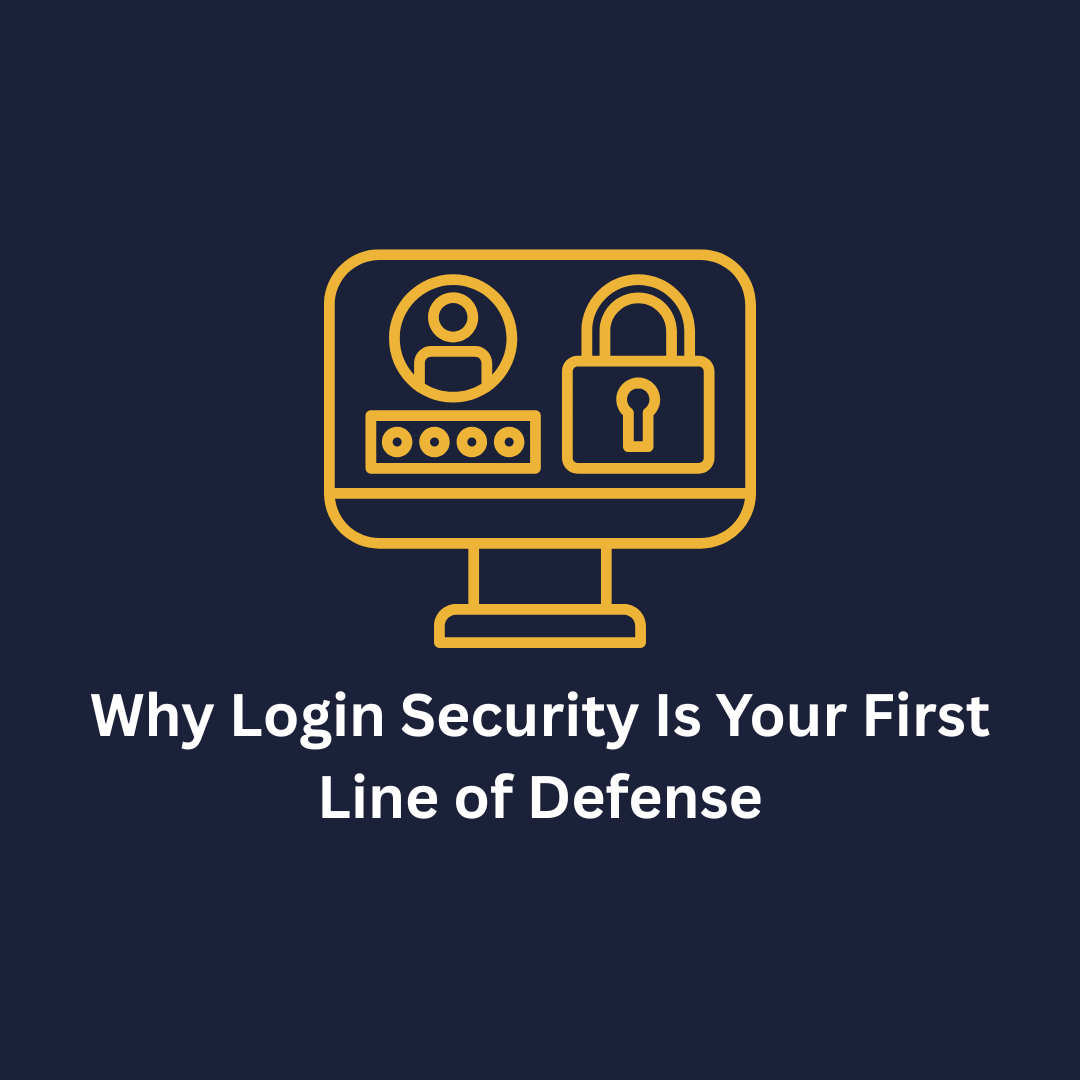
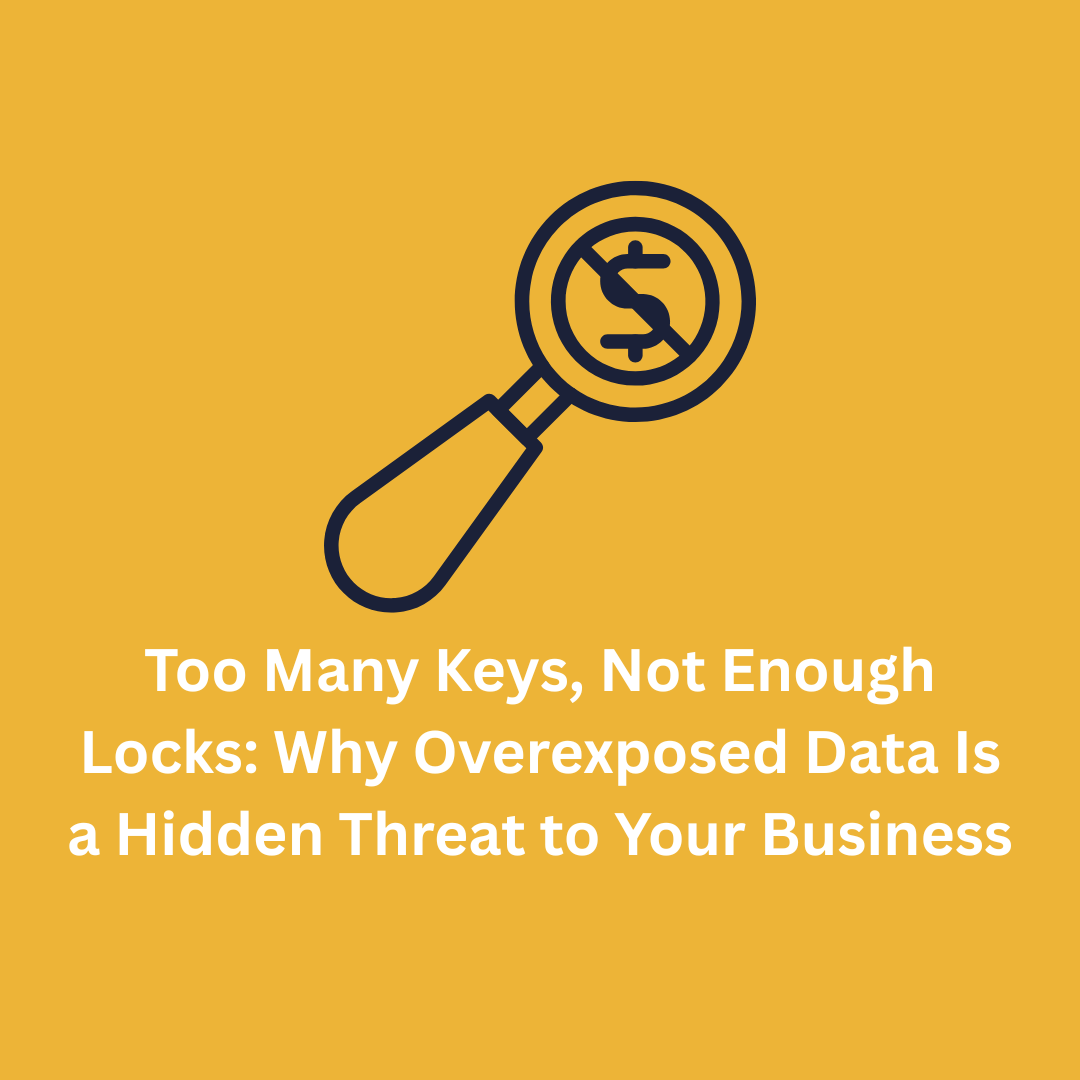
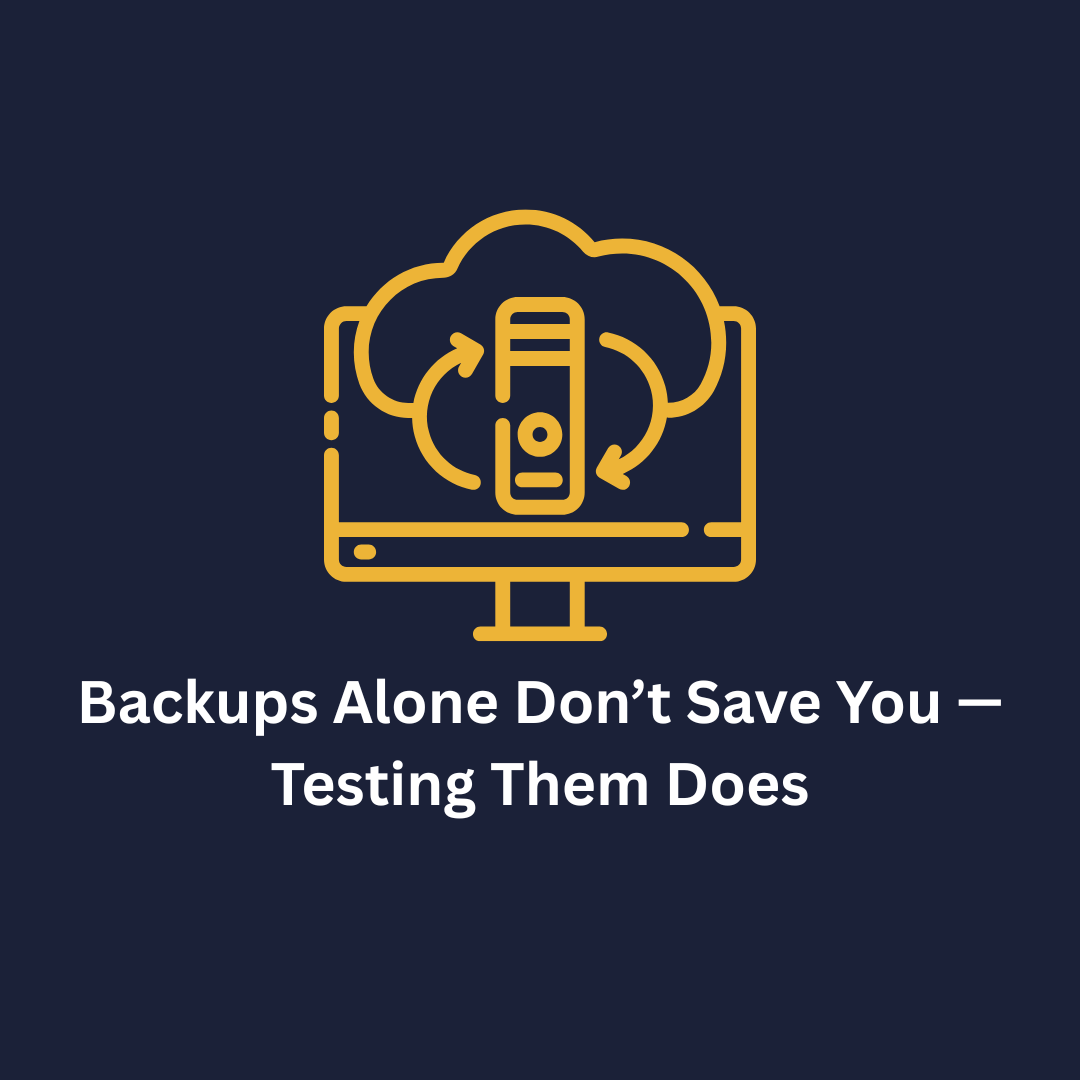





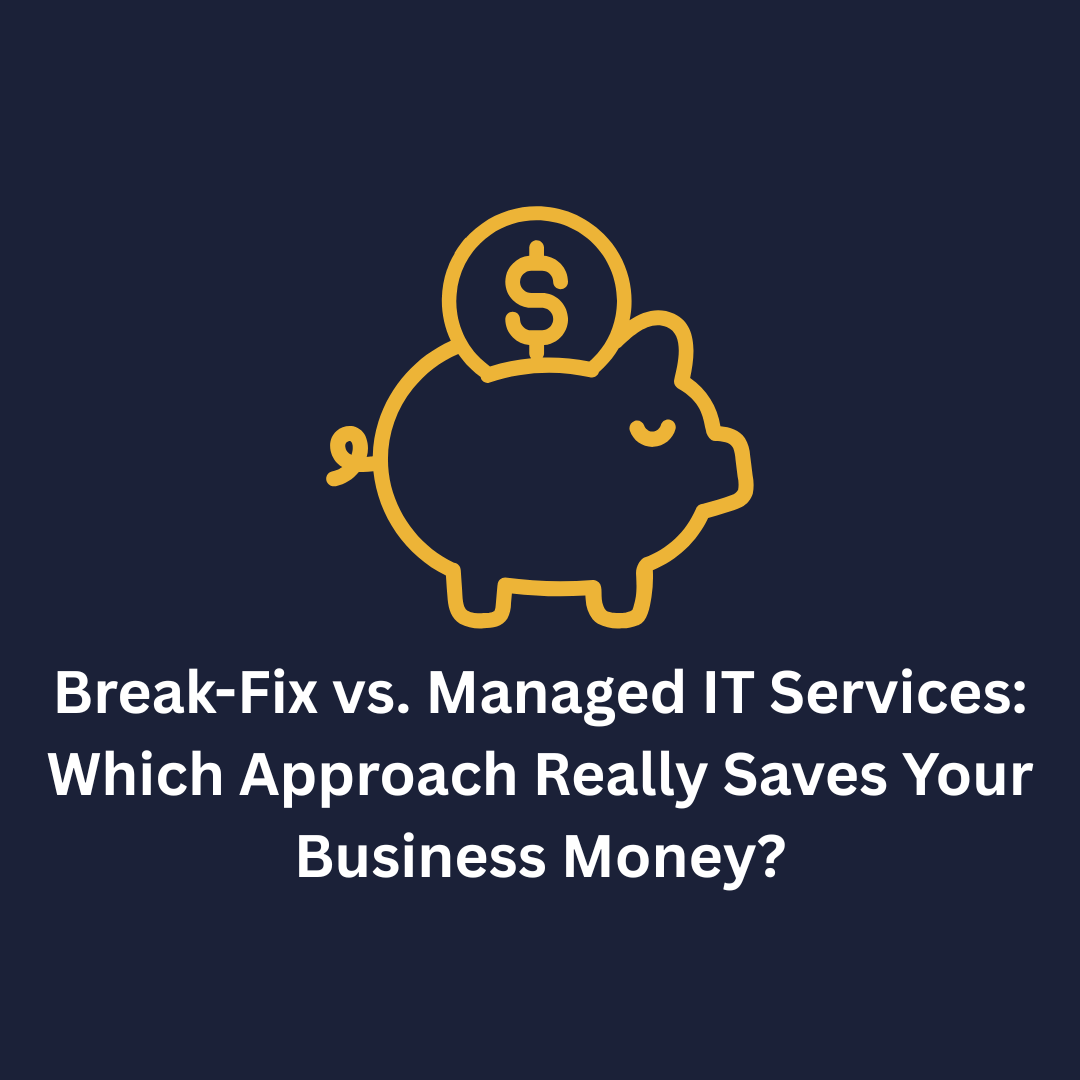



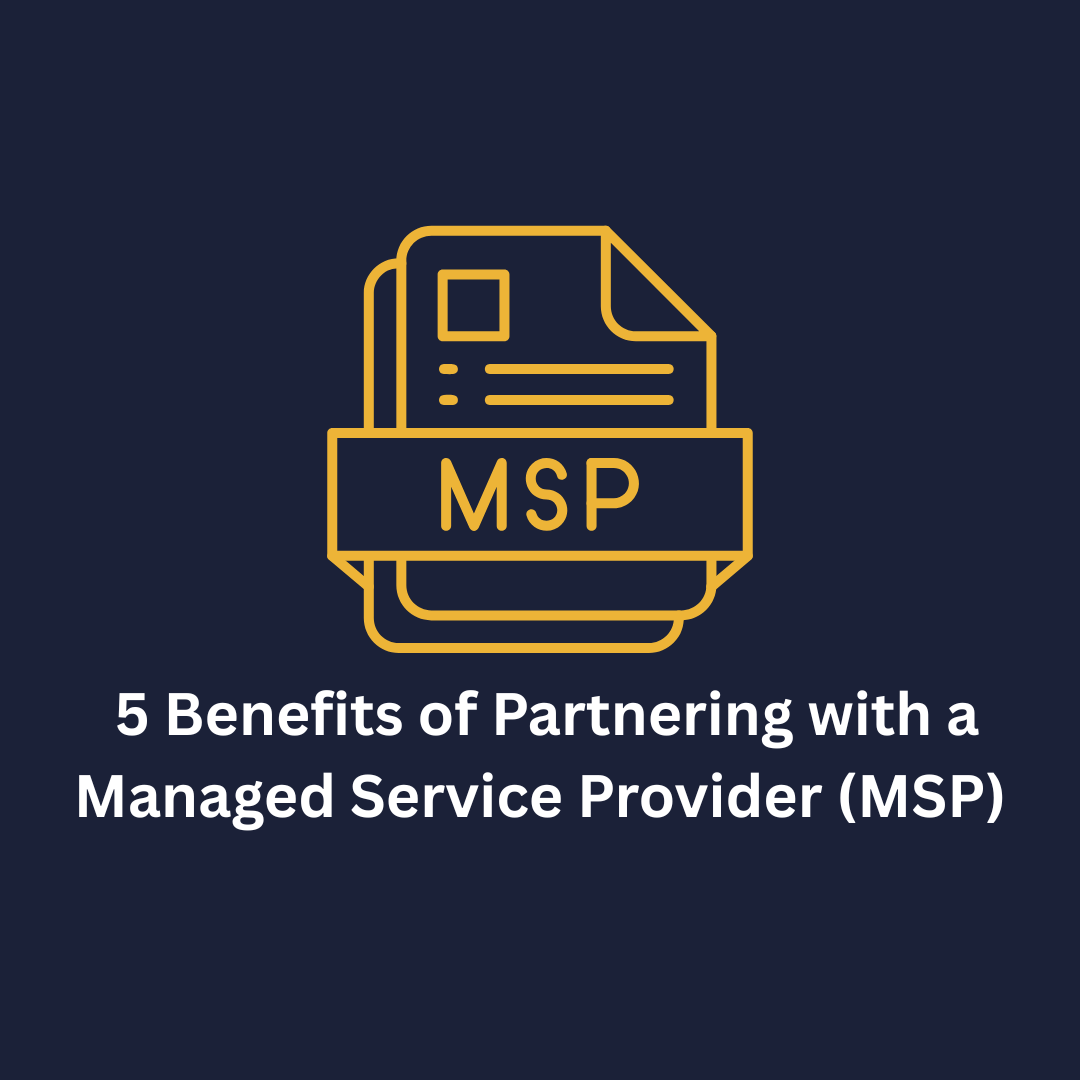





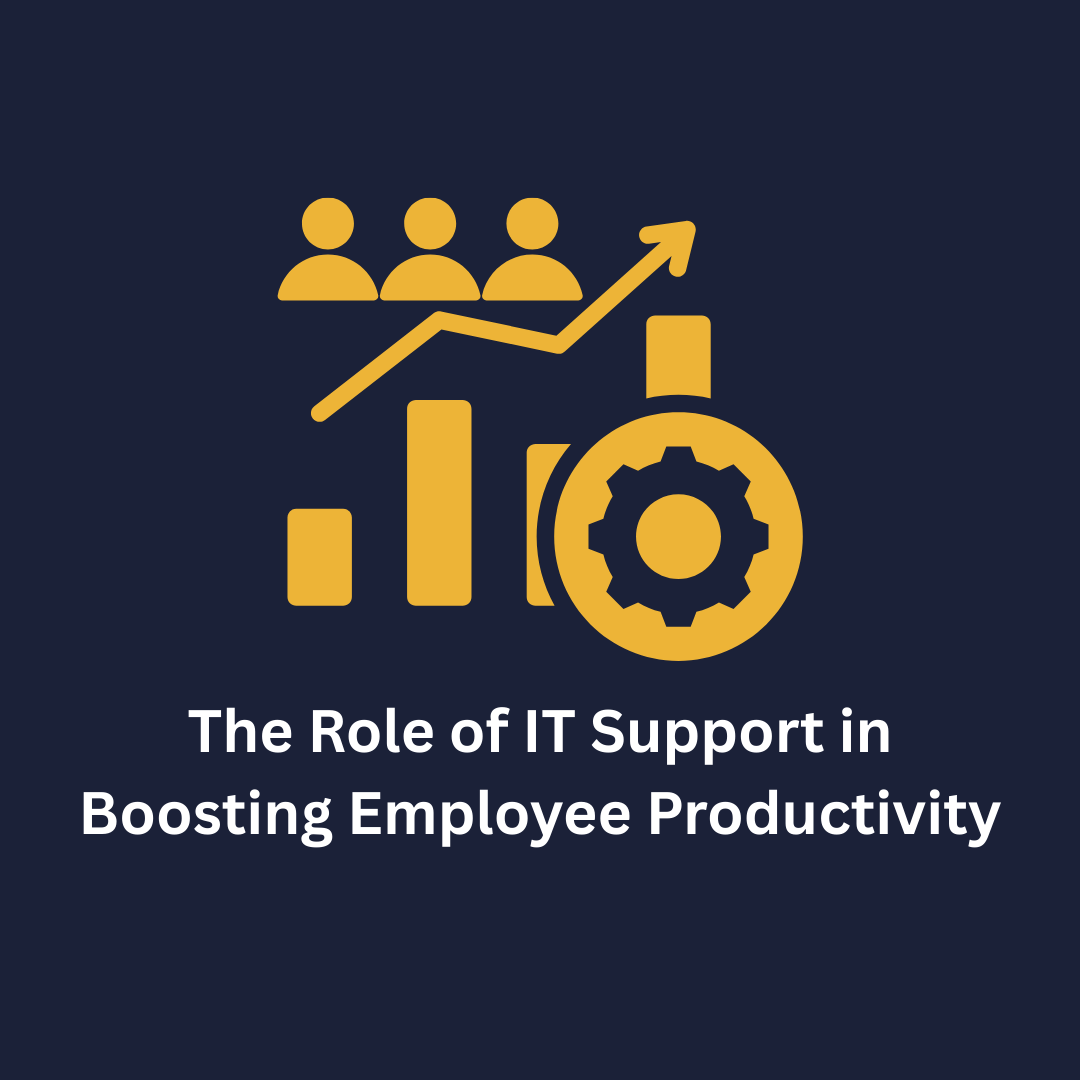
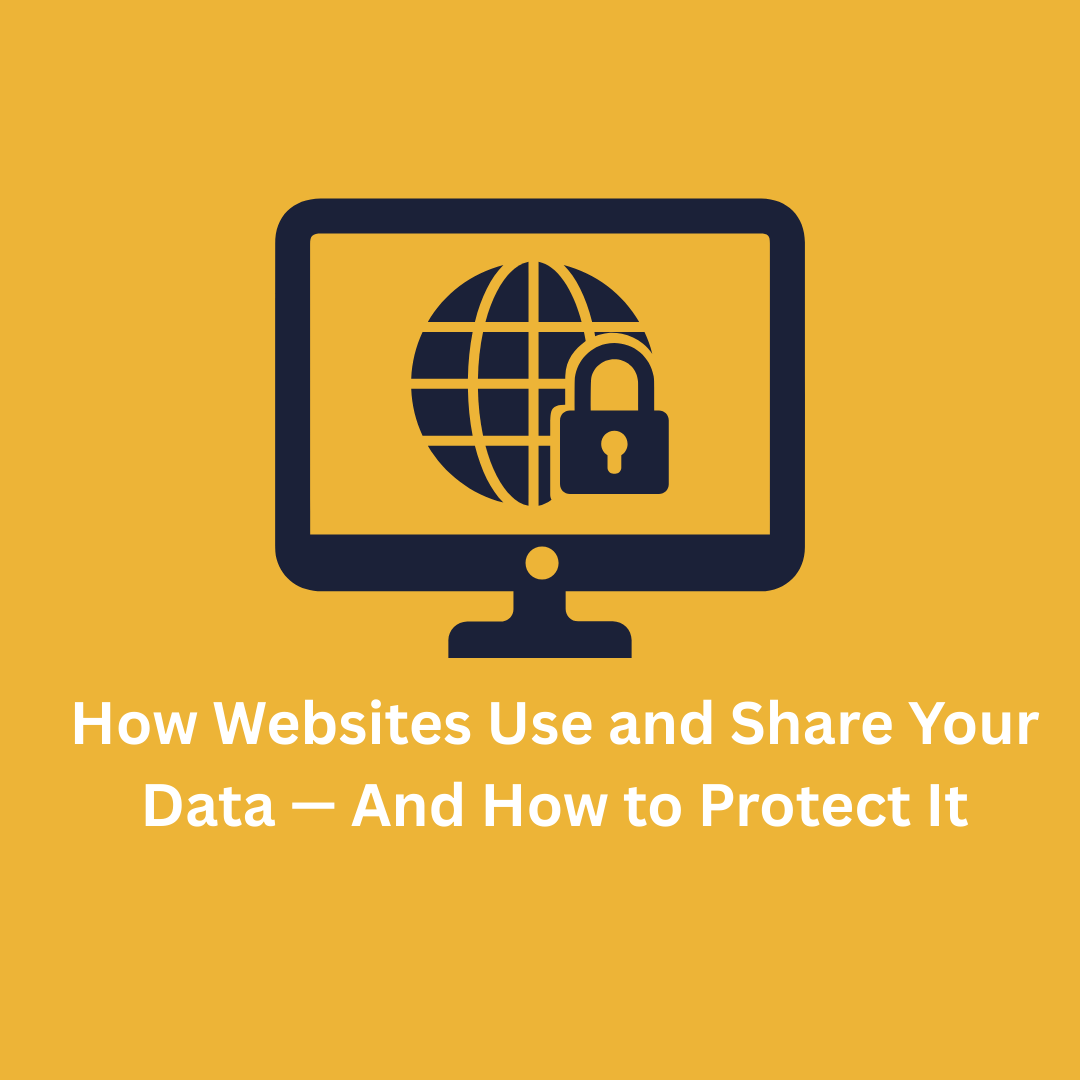


.png)


